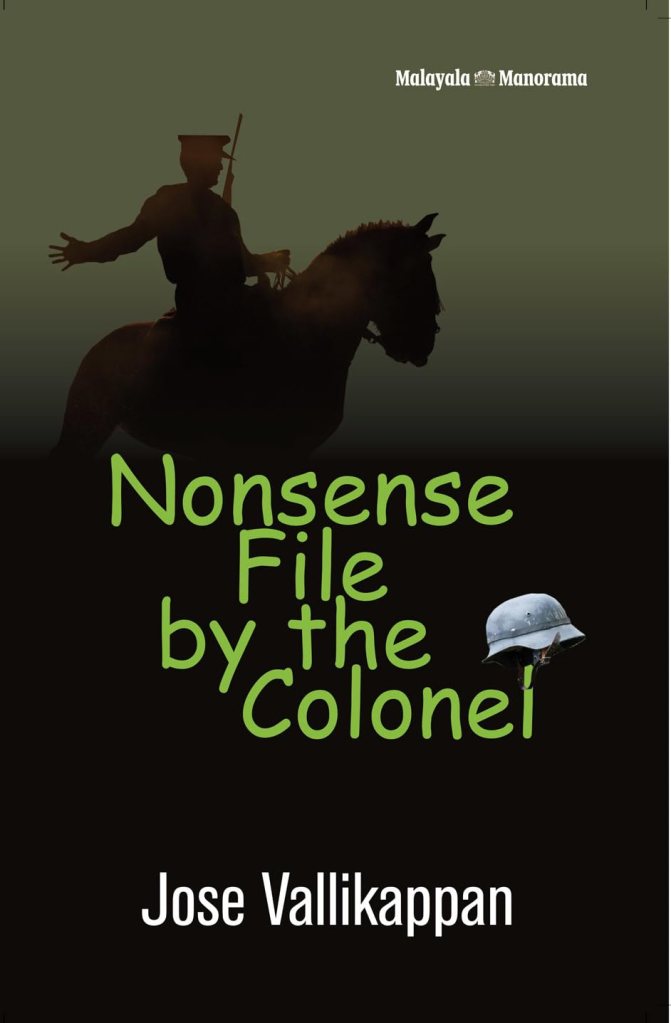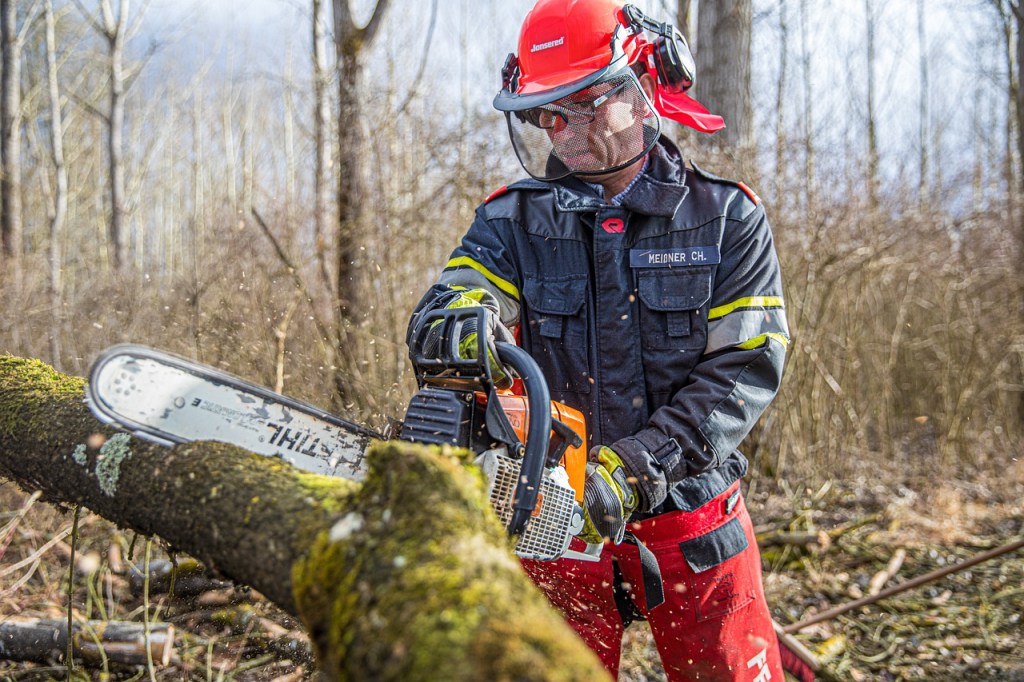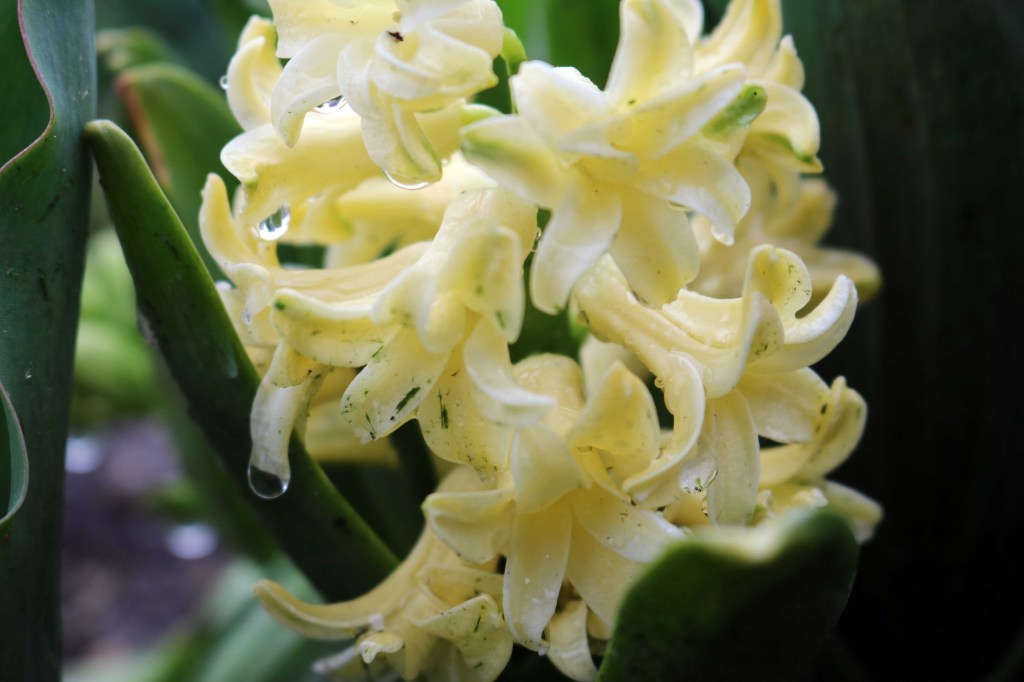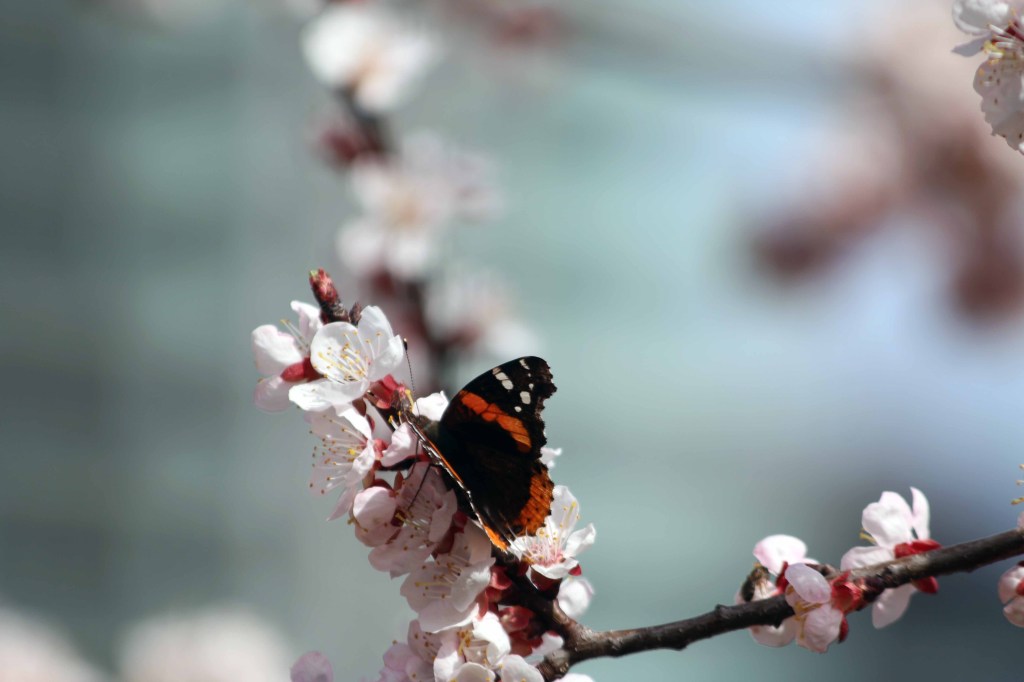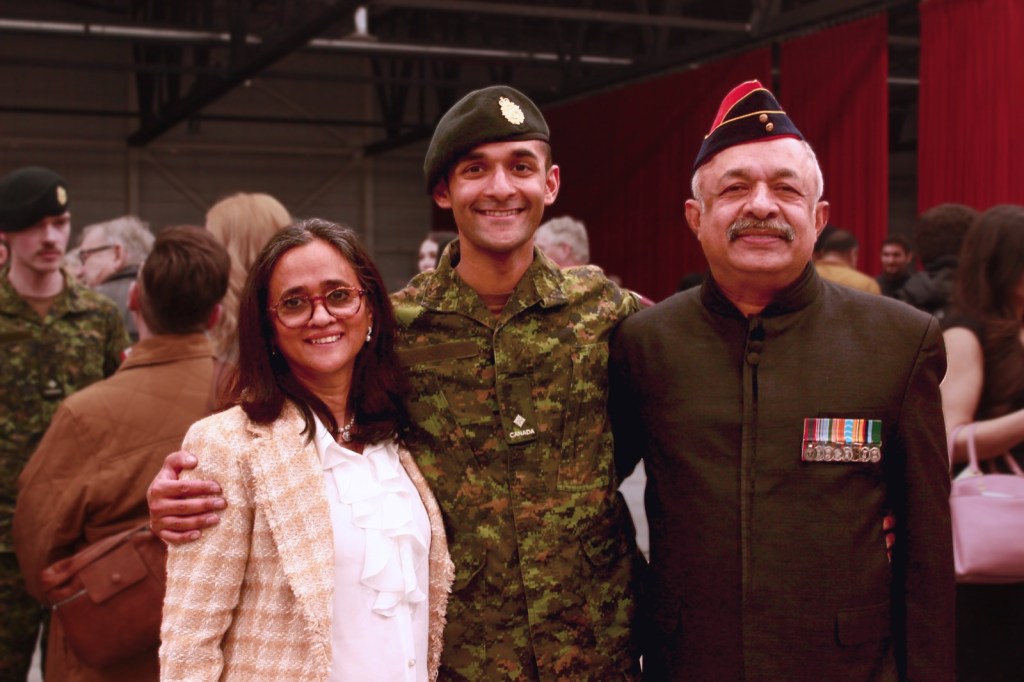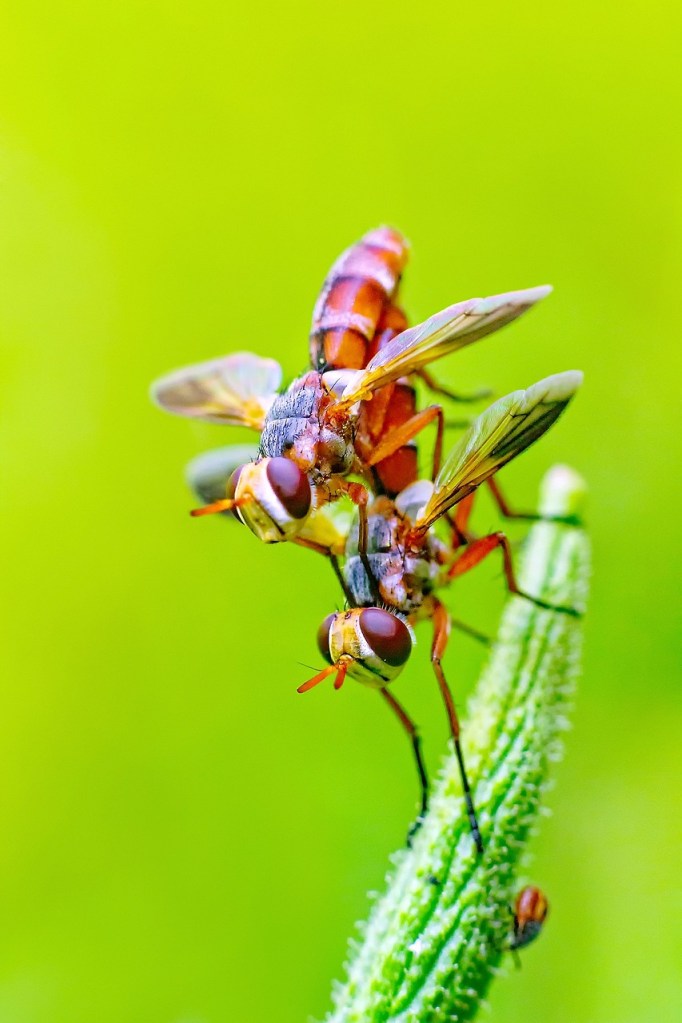Veteran Colonel Jose Vallikappan of 18 Cavalry Regiment of the Indian Army magnanimously sent me a copy of his book Nonsense File by the Colonel through his nephew who lives in Canada. I immediately sat down to read it. I was familiar with Colonel Jose’s writing as he has been a columnist of note in The Week for a very long time. It was lighthearted, humour-based reminiscences of his experience in the Indian Army. He ran the column for 15 years.
In the book, Colonel Jose writes, “I had always thought that eyes are more important than ears and that seeing is more critical than hearing. It was from the kind and angelic Sister Resella of Karuna Speech and Hearing School at Kozhikode that I learned that hearing is indeed more critical than seeing. Without hearing you cannot speak, without speech there is no language and without language there is no concept of ideas and what is life without ideas?”
On reading this, I paused and analysed the paragraph. I too, until reading this line, thought that seeing is more critical than hearing. It is quite natural to think that with critical loss of vision, one is perpetually in a traumatic dark world. But surprisingly, many people with vision loss are able to lead successful lives as compared to those with hearing loss, congenital or otherwise. There are many visually impaired PhDs, professors, doctors, musicians and so on. Hearing loss is a global disability of gigantic proportions. According to a UN report, a quarter of all people in their sixties, half of those in their seventies and eighty percent of those in their eighties suffer from serious hearing loss. Age related hearing loss (Presbycusis) is indeed a serious widespread problem. In addition to being deprived of the world of ideas as pointed out by Sister Rosella, loss in ability to communicate often leads to social distancing, loneliness, depression and other mental health issues.
For far too long hearing loss has been relegated to the sidelines of health care. It is unimaginable to think that in a country like the US, legislation was required to make available over- the -counter hearing aids. This came about only as late as October 2022.
A few weeks back, I rented a chainsaw from the store to cut a tree. Along with the chainsaw came the ear protection mufflers. On inquiry the store man said, “it is mandatory that the ear mufflers be issued with the equipment whose noise levels are higher than the prescribed limit, but it is up to you to use it or not.”
My mind raced back to my young officer days in the Indian Army. It was considered not manly enough to wear the ear plugs while firing the heavy caliber guns. After every firing practice, we heard a thousand bees buzzing in our ears for the next few days. We all got used to this sound as we got used to the firing, without realising that we were getting into a world of Noise Induced Hearing Loss. The effects of it continue and I have a hard time listening to whispers or soft noises.
The store man gave me protective goggles too – to protect my eyes from the flying debris while operating the chainsaw. I reminisced about our workshop lessons at the National Defence Academy. Other than wearing the thick military dungaree, we had no protection for our faces while operating the lathe, milling and cutting machines. Luckily during our time at the Academy, no Cadet suffered any injuries while operating these machines. By Western standards, it may be criminal negligence!!!
Of the five human senses, sight, smell, hearing, taste, and touch, if you had to go without one of your senses, which would it be? Aristotle proposed a hierarchy of senses in the fourth century BC. He ranked sight first, followed by hearing, smell, taste and then touch.
Research has shown that people rate sight loss as a greater concern than loss of memory, loss of speech/hearing. A clinical study with patients experiencing sensory loss has shown that loss of sight and touch cause the greatest decreases in quality of life before loss of hearing, taste, and smell.
People with hearing loss can often hear what other people are talking but cannot make out what they are saying. They can hear, but their ability to listen and communicate with other people is curtailed. When our sense of hearing is impaired, misunderstandings emerge. The frustration experienced by the speaker and the listener can lead to both parties avoiding social interactions and exchanges.
It is akin to travelling to a foreign country where nobody speaks or even understands your native language. You are frustrated when people do not respond to you asking for directions or trying to order from a local menu.
While in a dense forest on a dark night, all you can see are trees and shadows. Nature’s sounds tell you what is happening around you. Here our brain meshes with our vision and hearing to create an image of what is happening around us. What you see can influence what you hear, and likewise hearing can affect vision.
Adequate vision and hearing are paramount to educational performance. Impaired vision and/or hearing in children can seriously impede learning and result in development of educational, emotional and behavioral problems. Early discovery and treatment can prevent or at least alleviate many of these problems.
Children with hearing or vision loss often are not aware they do not hear or see as they should. For this reason, it is up to the parents to identify if their children have hearing or vision problems. Hearing and vision screening must be provided annually to children from the age of three years up to third grade. Equally important is age related hearing /vision loss which we need to address as individuals. Loved ones play an equally important role in this aspect as often the affected older adult is unaware of the problem or reticent to address it
An interesting aside on the power of hearing. On September 8, 1941, the German Army laid siege to Leningrad and the Luftwaffe subjected Leningrad to massive bombing. Special non-sighted soldiers – Eavesdroppers – were recruited into the Russian Army. They picked out the noise of the approaching enemy aircraft and warned their comrades. Their device consisted of a system of tubes of various sizes that made it possible to hear the hum of approaching enemy aircraft at a great distance. These eavesdroppers could detect enemy aircrafts long before they came close to the front line. They could identify the type and model of approaching German aircraft and, sometimes, the approximate number of planes in a group.
It is heartening to note that the world’s biggest cricket event, the Indian Premier League (IPL,) have joined hands with the India Signing Hands (ISH) News to curate and create a commentary feed for the hearing impaired and the visually impaired. It provides ball-by-ball updates using the Indian sign language, and the regular verbal score updates. There is no denying that the unique thrill of a live game is a mix of visual drama and sound dynamics. For those with vision or hearing loss, the experience might become a bit challenging, but that doesn’t mean they can’t soak in the energy and excitement of the game.
Can you decide whether Vision or Hearing – which is more important?

